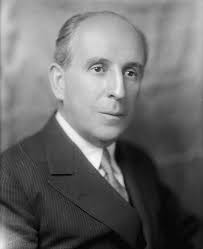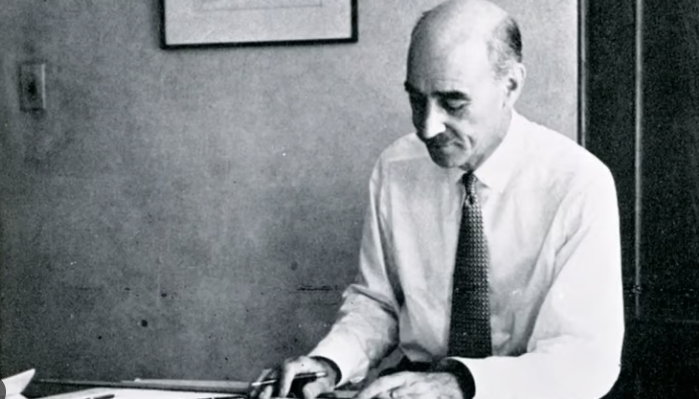Architectural Marvel Unveiled
In the early 20th century, a vision materialized into steel and stone as the Empire State Building emerged on the New York City skyline. Completed in 1931, this architectural marvel stood as a testament to human ingenuity and determination during a transformative era. Let us see the age of empire state building
Ambitious Beginnings
The roots of the Empire State Building trace back to the ambitious vision of John J. Raskob, a key figure in the construction. The goal was not just to build a skyscraper, but to create an enduring symbol of progress and innovation. The construction, which commenced in 1930, faced numerous challenges, from economic setbacks to logistical hurdles, yet it pressed on.

Soaring Heights: Construction and Design
The Empire State Building’s construction was a marvel of engineering at the time. With an innovative steel frame and a sleek Art Deco design by architect William F. Lamb, the building reached a staggering height of 1,454 feet, making it the tallest structure in the world at the time. The precision and speed of its construction were unparalleled, taking just over a year to complete.

Iconic Status Achieved
Upon its completion in 1931, the Empire State Building was not merely a towering structure; it had become a symbol of hope and resilience during the Great Depression. The building’s observation deck, a testament to human achievement, quickly became a popular attraction, drawing visitors from around the globe.
Enduring Legacy
As the decades passed, the Empire State Building continued to play a pivotal role in the cultural fabric of New York City. It became an iconic backdrop for countless films, a beacon during celebratory events, and a timeless symbol of the city’s enduring spirit. Its stature as an architectural and cultural icon remains unchallenged.

Adapting to Change: Modern Era
In the 21st century, the Empire State Building embraced sustainability and technological advancements. The retrofitting of the building with energy-efficient systems and a commitment to reducing its environmental impact showcased its ability to adapt to changing times while preserving its historic significance.
The age of Empire State Building is not measured merely in years but in the enduring impact it has had on the world. From its ambitious beginnings during the Great Depression to its adaptation to modern challenges, this iconic structure stands tall as a testament to human achievement and the ability to transcend the passage of time.



